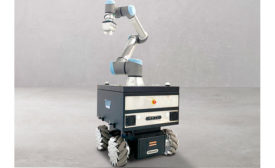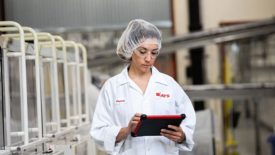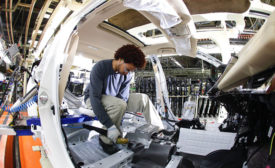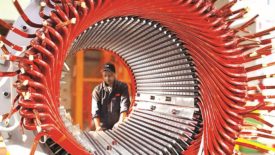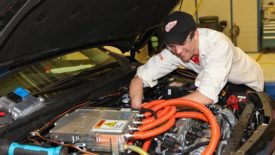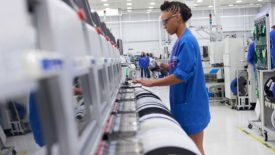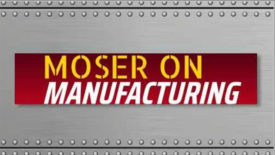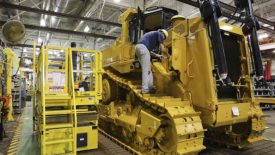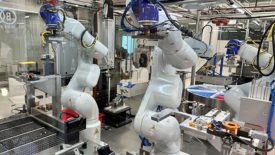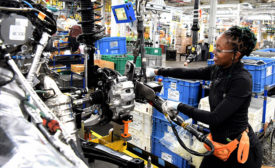Columns
Case histories and technological information from leading industry experts.
Topics
Short items explaining how manufacturers are using assembly technology to solve problems or improve processes.
Automation Profiles
Detailed profiles of real-world multistation automated assembly systems.
Fastening Threads
Our nationally known expert discusses issues and trends in assembly with threaded fasteners.
Medical Device Assembly
Short reports on issues affecting medical device manufacturers.
On Campus
Articles about manufacturing research being conducted at the nation's top engineering schools.
Shipulski on Design
Our nationally known expert offers his unique take on how to improve assembly designs.
The Editorial
Commentary on issues and events of interest to manufacturers.
XYZ
Articles about technologies and trends in motion control systems for assembly automation.
Moser on Manufacturing
Editor’s note: Harry Moser’s
column will appear every other
month. Has your company reshored
production? Are you thinking
about it? We’d like to hear
from you. We would love to report
on your successes or opportunities
in future issues. Contact harry.
moser@reshorenow.org.
Assembly Innovations
The latest on recent innovations in our industry.
We Fed It
“We Fed It” is a regular series profiling parts feeders for automated assembly. Whether it’s a vibratory bowl, a tray feeder or a flexible robotic system, if you’ve solved a parts-feeding challenge, we’d like to hear about it. Send an e-mail to John Sprovieri, editor of ASSEMBLY, at sprovierij@bnpmedia.com, or call 630-776-0924.
21st Century Assembly
ASSEMBLY magazine is celebrating its 60th anniversary this year. To mark the occasion, we are conducting a series of interviews with manufacturing executives from various industries. “21st Century Assembly” will look back on the technologies and strategies that have made a big impact on manufacturing and—more importantly—look ahead to the future.
Mind Your Ps and Qs
Quarterly column from Jon Quigley, Jon has held engineering and management positions at Volvo Trucks, PACCAR and other companies.
Five Things
ARTICLES
Get our new eMagazine delivered to your inbox every month.
Stay in the know on the latest assembly trends.
SUBSCRIBE TODAY!Copyright ©2024. All Rights Reserved BNP Media.
Design, CMS, Hosting & Web Development :: ePublishing
